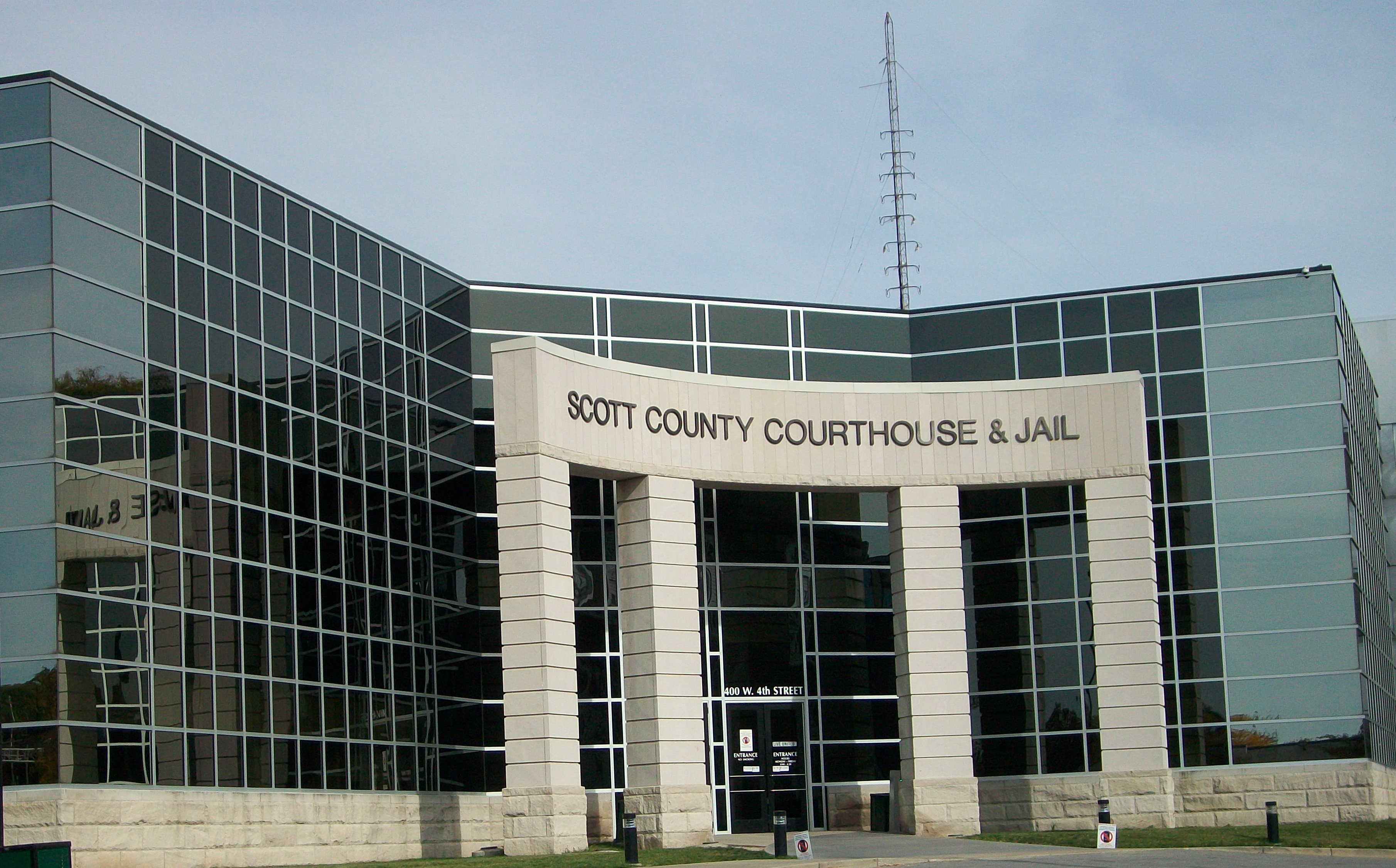Since the founding of our communities, organizations, businesses and citizens have stepped forward to build and serve their community. Click on any of the logos below to learn about those who made this website possible! If you would like to learn about becoming a sponsor CLICK HERE!

- County: Scott County, IA
- Region: Southeast IA
- Sponsors
- About Long Grove, IA
- Businesses
- Community Organizations
- Faith Organizations
- Festivals and Events
- Points of Interest
- Veterans
- Visit Website
Learn how to Contribute to any of the above categories.
No news yet. Got some news? Hit that NEW POST button!
About Long Grove, IA
The History of Long Grove is closely identified with the very early history of Scott County and the state of Iowa. The town takes its name from the long, narrow strip of timber, which stretched from Walnut Grove northeast of present Scott Park Road to Allen's Grove several miles northwest. Having heard of the new "Blackhawk Purchase" Alexander and James Brownlie came to this area in August 1838. They followed the Mississippi River to the mouth of the Wapsi River, then west along its banks. After walking many miles, they reached a log cabin belonging to John and William Quinn. The Brownlie Brothers purchased the timber ridge from a man named Coates. The claim was purchased for $160, timberland and all the prairie they wished to own. In August 1838, the first log cabin was built, in a cluster of trees at the east edge of the timber. This is just south of the original town. The stage road to DeWitt and Dubuque passed through the village and a blacksmith shop and harness shop once lined the streets.
Bank Robbery-Stockman's Savings Bank
The Davenport Times Democrat tells the story as follows: It was December 15, 1921 that a big car came to a stop in front of the Long Grove bank, 11 miles north of Davenport. Two men, handkerchiefs over their faces, jumped out and ran to the bank door. They found it locked for the noon hour. Thinking no one had seen them they jumped back in their car and left town. But Al Klindt, across the street in his blacksmith shop, and Dick Tobin and Dick Nagle on their way home to lunch had all seen them. Word spread to the Vigilantes, a group formed for such emergencies. They quickly located themselves to guard the bank door, guns loaded and trained on it. Guns drawn, the badits returned and charged into the bank. Only R. K. Brownlie, bank president, and Jean Marti, Bookkeeper, were in the bank. Brownlie was slapped and shoved into the vault. One held a gun on Miss Marti, while the other scooped up $5,000 in cash and stuffed it in a satchel, but while they were busy in the bank, Vilgilante Archie Henne had shut off the ignition of the get away car. A hail of bullets met them as they came out the door. Bandit Roy Purple, dropped the satchel of money, drew his .45 automatic and fired four times before he fell with eight bullets in his body, one in the heart. Harry Hamilton, the other bandit, managed to reach the car although wounded badly, tried to start it with one hand, while firing a gun with the other. He was captured, bound up, and carried into the next door pool hall and placed on the pool table to wait for the sheriff. Purple died almost immediately, and Hamilton died the next day in Mercy Hospital.
Men of the Vigilantes group named in the newspaper stories were Al Klindt, E.H. Anshutz, C.F. Jacobsen, R. C. Peterson, James Nagle, E.A. Moore, Jr., Chris Madden, Dick Nagle, Dick Tobin, Peter Willer, and Archie Henne. There were several versions of the affair, but it is certain it ended in the death of the two bandits, and recovery of the money.
Scott County, IA
Visit our county page and you will find information about our town and county's points of interest, festivals/events and faith community. You also will learn about the community organizations that have built and continue to build strong communities (chambers, community groups, and departments, etc) and much more when you visit the Scott County, IA page.

